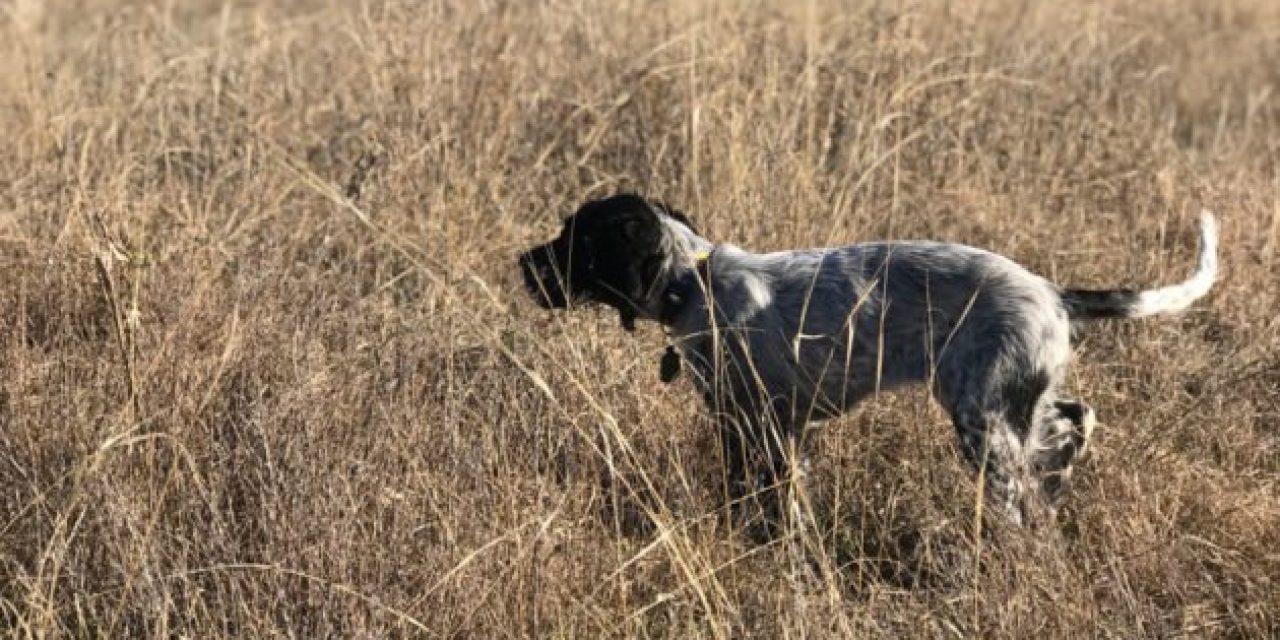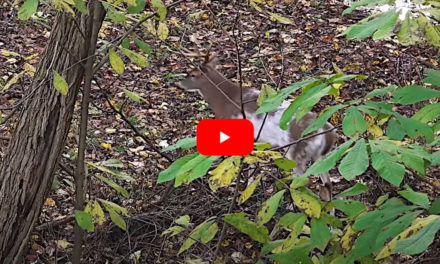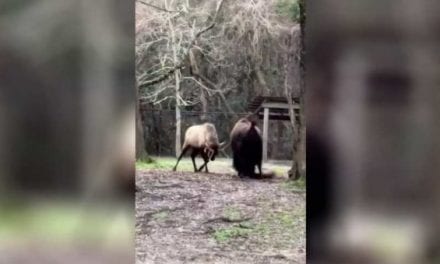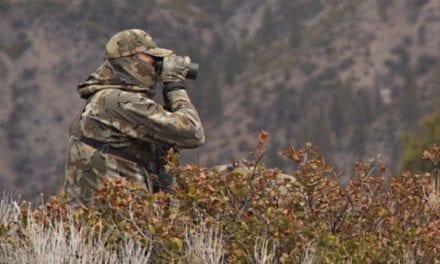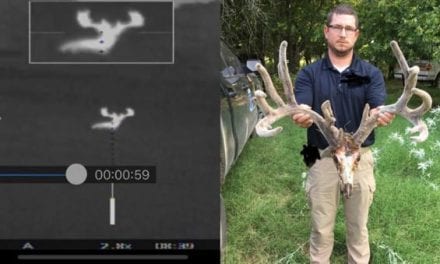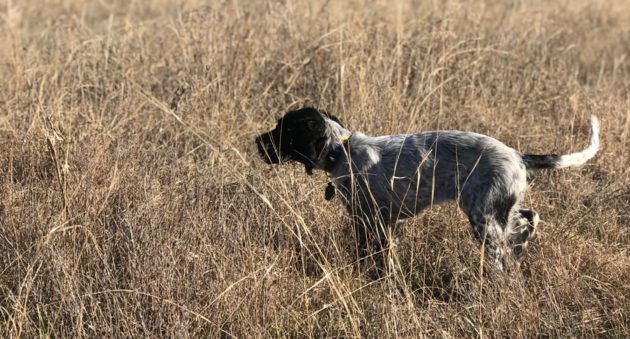
A puppy is a big commitment, so make sure you’re prepared.
Anyone who says you aren’t ready for a new puppy is right. No one is ready. So, if you aren’t in a position to make some drastic life changes, do yourself a favor and hold off.
If you’re in the market for a hunting puppy, you can expect twice as much work. Get ready to pay for way more than a bag of food and crate. Get ready for way more than a daily walk. You’re about to accept a full-time job, especially in the first year.
A list of training steps is forthcoming, but this is a long process, so let’s start with getting the puppy and everything you need to do beforehand.
Pick a breed
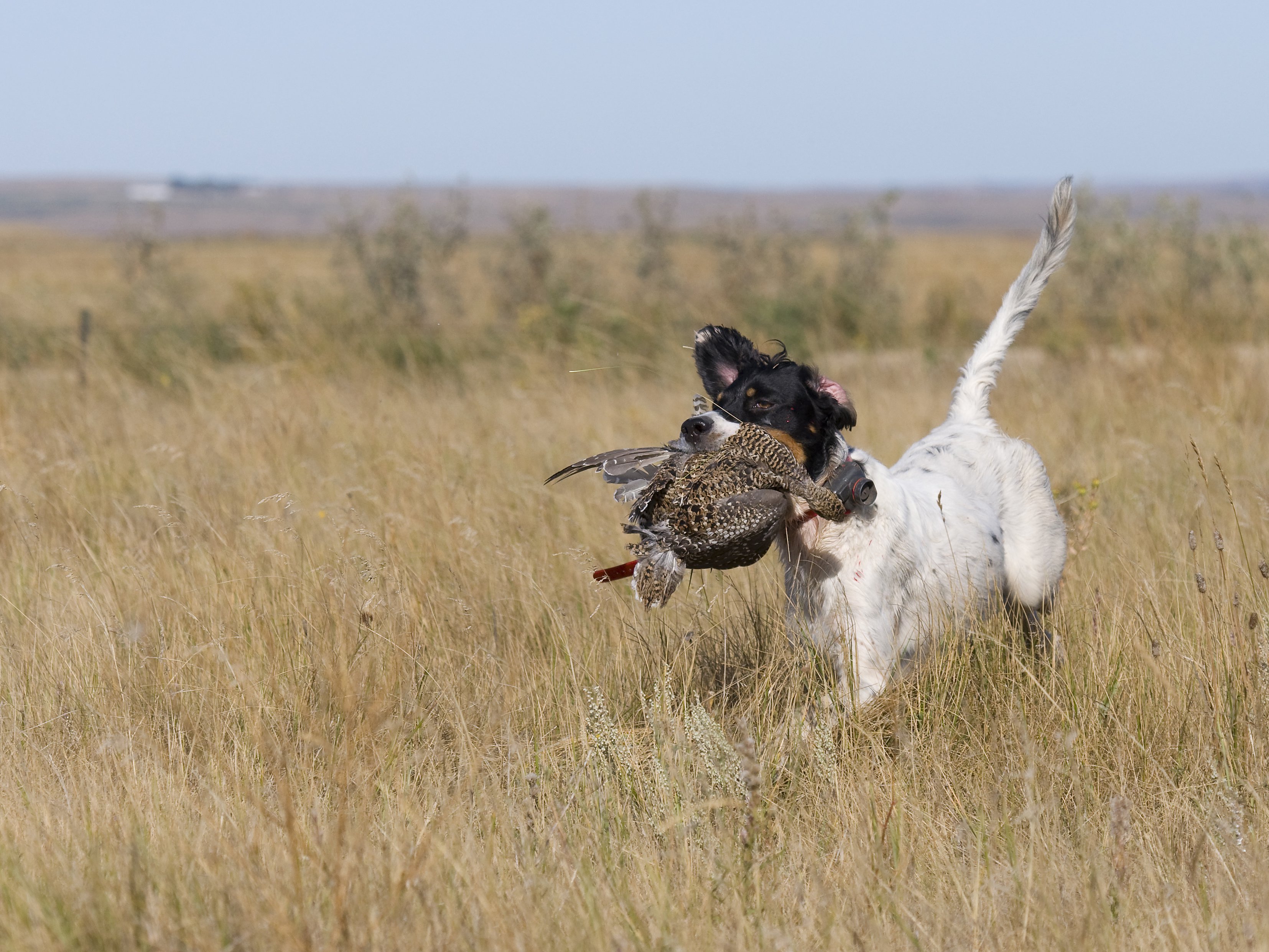
This something you probably you’ve already decided, but you should still do your research to make sure you’re making the right choice.
Different dogs are ideal for different kinds of hunting, so don’t expect a bloodhound to point birds or Brittany spaniel to chase deer.
For more information, you should check out our list on the top 20 gun dog breeds.
Pick a name
Just like naming a kid, you have to live with this name for the name for a long time, so make sure it’s a good one.
Names relevant to hunting are strong, especially if they’re relevant to the dog’s specific intended hunting purposes. Hunting dogs are incredibly smart animals, so each deserves a name that reflects prowess.
Additionally, don’t waste an opportunity if you choose a foreign breed. A German shorthaired pointer begs for a German name, as does Irish setter with an Irish name or an English pointer with an English name.
This step deserves as much thought as any.
Find a vet
This urgency of this step really depends on where you live. Speaking from my own experience, though, when I brought my English setter puppy home a few months ago, I didn’t consider the high demand for veterinarians in Austin, Texas.
I ended up picking a vet based on who could take me, rather than who I wanted. It’s worked out so far, but I wish I would’ve prepared a tad more.
Doing this beforehand also makes budgeting far easier, too. Your vet can give you an outlined schedule for all the shots your pup will need, as well as heartworm/flea medication and neuter/spay procedures.
Buy a crate
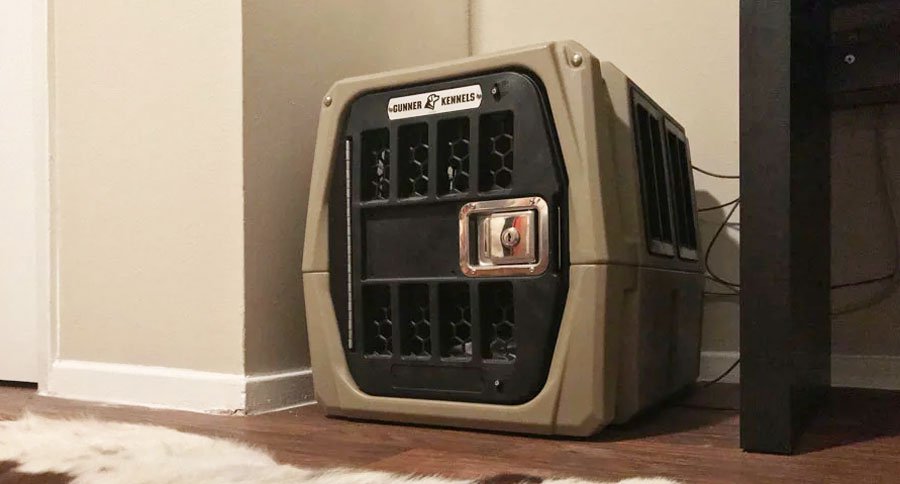
When it comes to training any dog, one of the most important initial steps is stopping accidents in the house. The best way to do this is by crate-training.
I went with the Gunner Kennels G1 Small to begin, which made the entire process way easier.
With a double-walled, rotomolded exterior, the G1 Small can withstand up to 4,000 pounds of force. I could confidently throw it in the back of my truck, knowing it can handle any rough weather I might come across.
Also, with its extra-enclosed design, there was a noticeable difference in how quickly the puppy went to sleep. Even with a towel over a store-brand crate, she didn’t feel as secure, so she would cry relentlessly.
The G1 Small uses a custom-wielded, powder-coated door with an aluminum-reinforced frame. Plus, a stainless-steel piano hinge system guarantees the dog won’t get out. You just have to make sure you shut it all the way (I made that mistake once).
It also features a drainage system, which uses a recessed floor and a drainage plug, which makes for easy cleaning and ensures your dog is never sitting in standing water during travel.
And finally, it comes with tie-down pins, which come handy for those who plan to travel with their dog crate securely strapped into the truck bed. Plus, it comes with kayak-grade carrying handles that are very easy to install if you choose to do so.
Buy a bowl
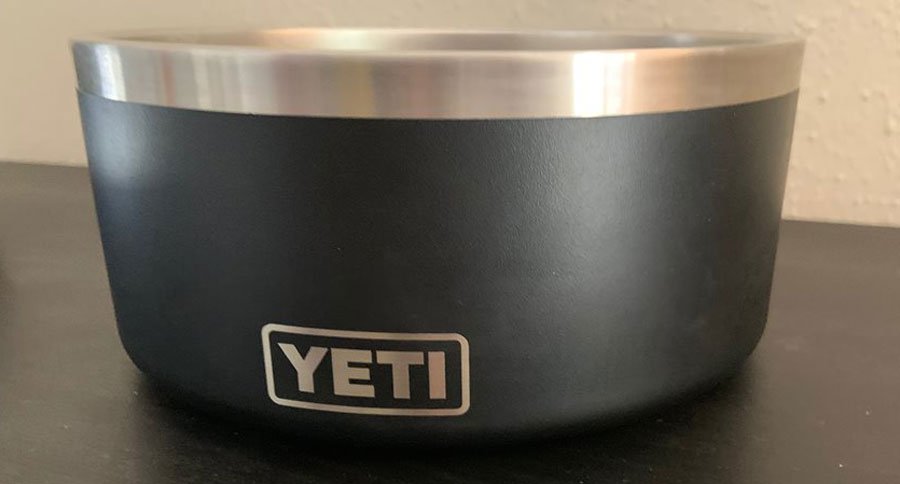
It’s tough to spend a lot on a bowl for a dog, but I decided to go a little nicer for my water bowl.
The food bowl doesn’t sit out all day, so it’s not too big of a deal if it’s junky and nasty. You’re going to have to look at the water bowl all day every day, though, so why not spend a little more?
Using double-wall, non-insulated, 18/8 stainless-steel construction, the YETI Boomer 8 Dog Bowl can literally handle anything. Plus, boasting BPA-free cleanliness, the Boomer is both food-friendly, water-friendly and dishwasher-safe.
Dog owners also have a variety of DuraCoat color options to pick from, as well as the classic, stainless-steel look. They can customize the bowl to feature their pet’s name or a variety of other designs.
However, my favorite feature of this bowl is what YETI calls the BearFoot Non-Slip Ring, which keeps the bowl firmly in place, rather than sliding around at the mercy of a rambunctious puppy.
This bowl holds an ideal 8 cups of water or food, and runs right at $49.99.
Buy a whistle
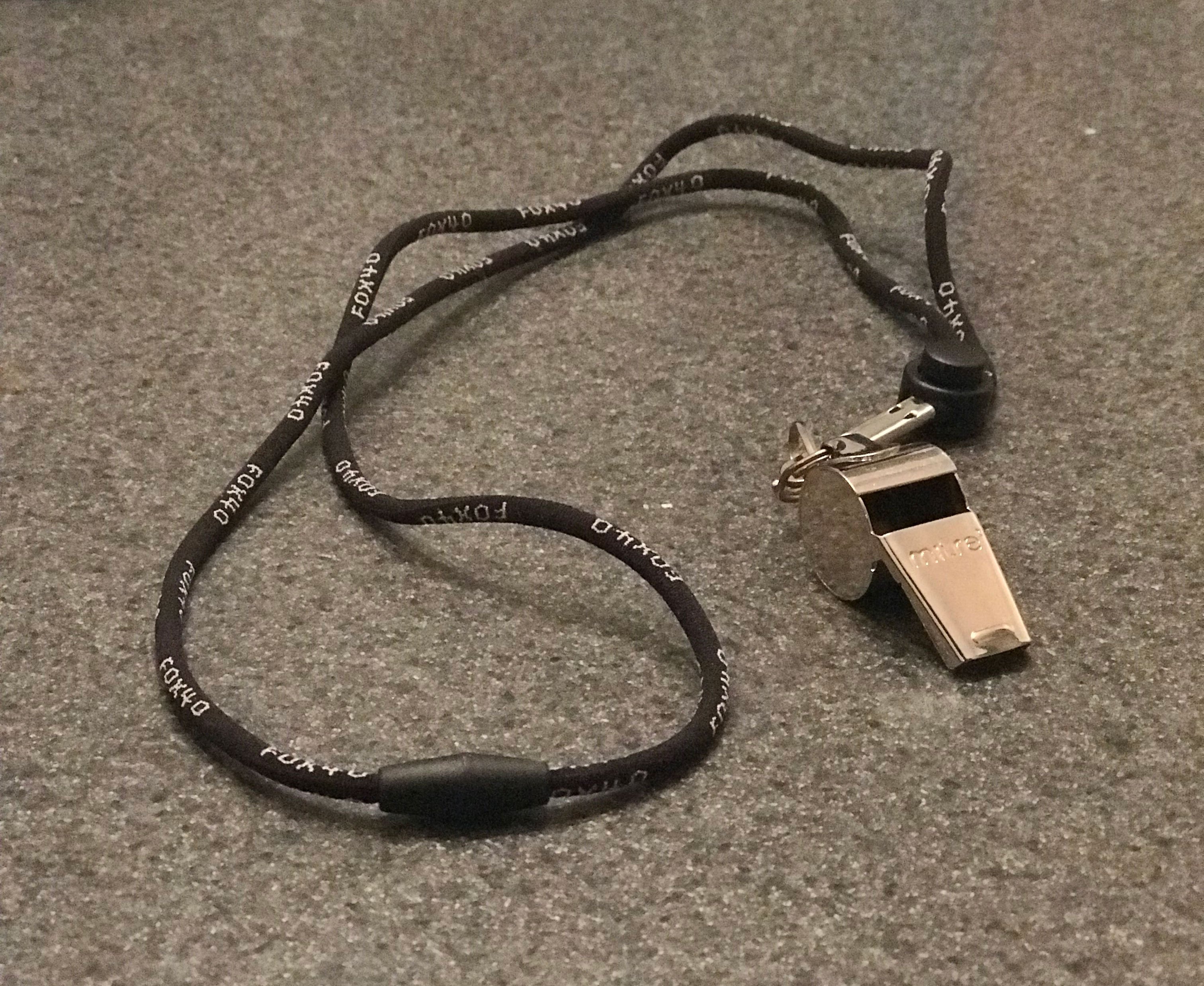
You’re going to need this right out of the gate, as you’ll blow this while your pup is eating for basic training.
However, while you’ll see plenty of plastic whistles out there from big-name gun dog retailers, don’t do it. Trust me when I say it’s worth just getting a metal whistle that’ll withstand the test of time.
The whistle pictured above is a hand-me-down from my father, who learned a long time ago that replacing gear starts to suck after a while.
Buy a leash and a harness
It doesn’t really matter what kind of leash or harness you buy, but make sure you have both.
I recommend a strap leash over a retractable one for two reasons. First, retractable leashes constantly broke on us when I was a kid. Second, I like having the option of tying the dog to something if I need to.
A harness is huge, though. Many people think it doesn’t make a difference for puppy training, but it most definitely does. A puppy is far more likely to pull on a leash attached directly to a collar, as they have so much more freedom.
I noticed a night-and-day difference once I incorporated a harness and now my puppy never pulls.
Buy two collars
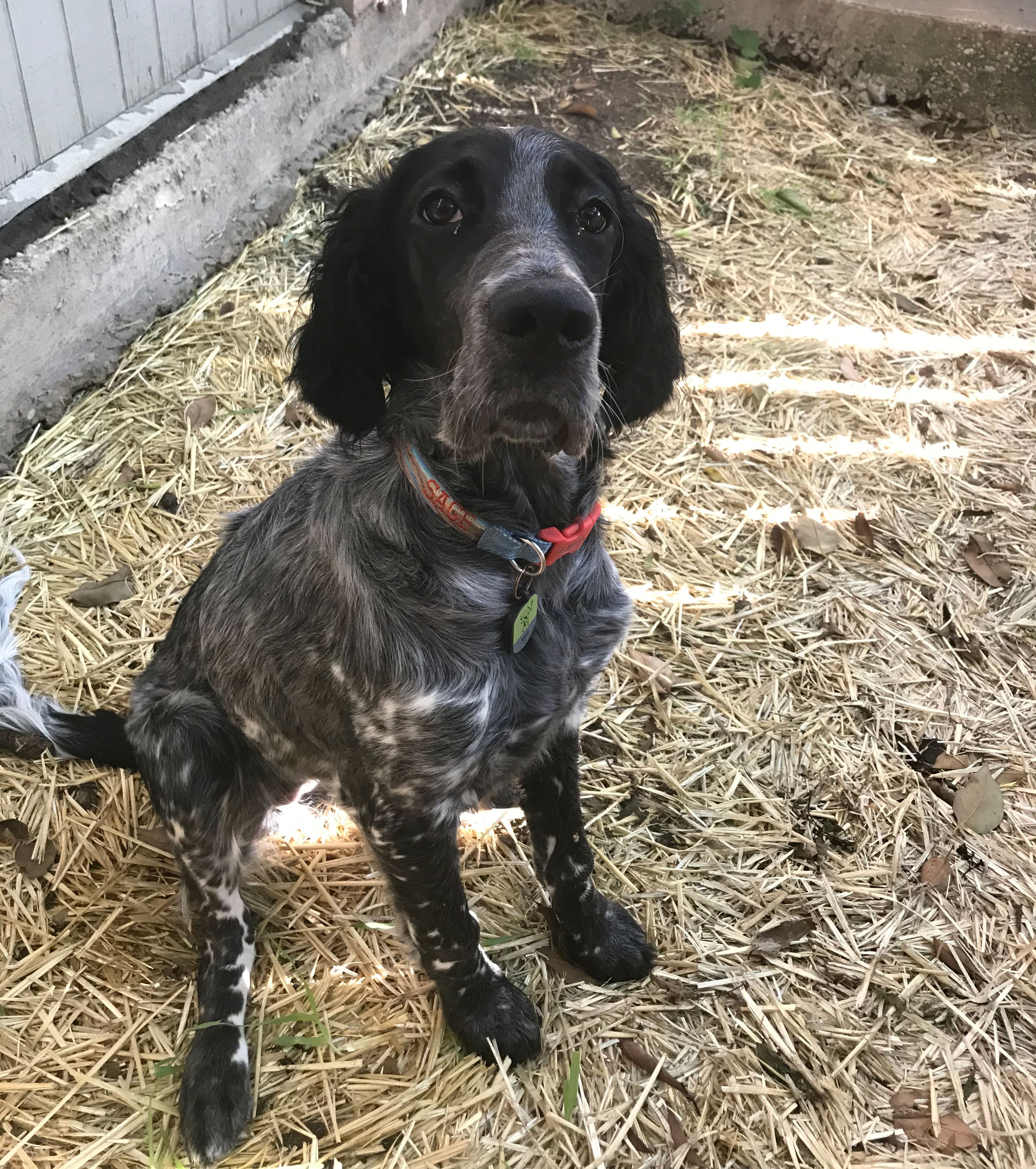
When you first get your new pup, you’re going to just need a cheap puppy collar, which he or she will quickly outgrow.
I bought one for like $5 at Walmart, but had to get another one shortly after. The puppy collar isn’t as important, since the puppy won’t be outside much at all, but the next one definitely is.
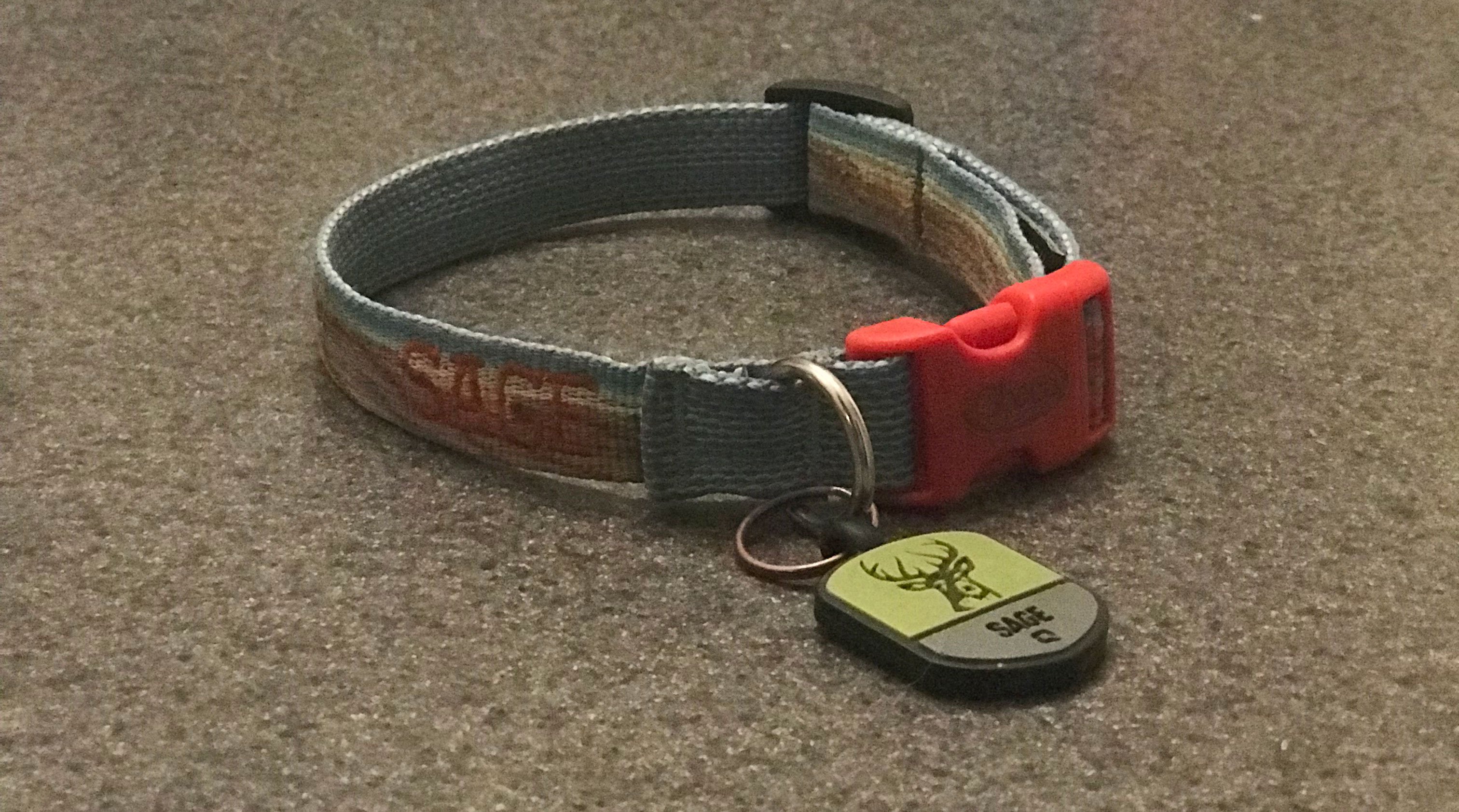
You’re going to have your contact information on that collar, so it’s best to have something that’s durable. I found Chaco collars to be a reliable option after trying a few different ones.
Another plus to Chaco is they have customization options out the wazoo, allowing you to make something unique for your pup.
Being a Texan, I went with the Big Bend pattern and a custom embroidery job.
Buy a treat bag

Positive reinforcement is a very efficient way to train your puppy basic commands, so you need somewhere to keep your treats or pieces of dog food. I don’t know about you, but I don’t like having dog food crumbs in my pocket.
QALO makes a canvas bag that does this job perfectly, and only costs $4.95.
Find a place to train

This is easily the toughest step in the training process, especially if you live in a big city like me. As someone who’s training a bird dog, I can’t do all my training in my house, and nothing beats working with live game birds.
If you aren’t concerned with birds, land should be your top priority. However, for my fellow uplanders and waterfowl hunters, I narrowed it down to these options.
First, maybe you know someone with land and access to birds. If you do, he or she is your new best friend.
If that’s not an option, perhaps you have a local park or some public land nearby that you could use. The only problem here is that you’ll also need to find a way to get your hands on some birds.
Or, you could take my approach, which was joining a hunt club. Sure you’ll have to pay some money, but having all the resources you need in one place is hard to beat.
Regardless of what you do, sort it out before your puppy comes home.
Then you’re just left with the basics: toys, treats, accident cleaner, dog shampoo and bones (go with deer antlers, not rawhide).
Stay tuned for the first portion of dog training sessions! These will require the addition of several other items, such as training dummies, wings, check cords and training collars, so feel free to get a head start.
NEXT: AN OPEN LETTER TO ANTI-HUNTING ACTIVISTS
WATCH
The post 10 Things You Have to Do Before Picking Up Your Hunting Puppy appeared first on Wide Open Spaces.

